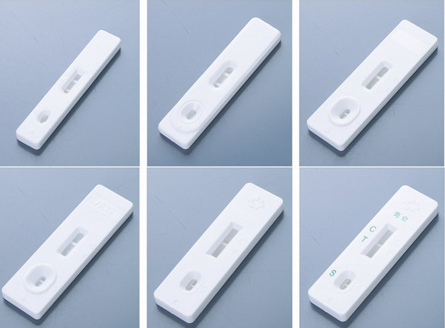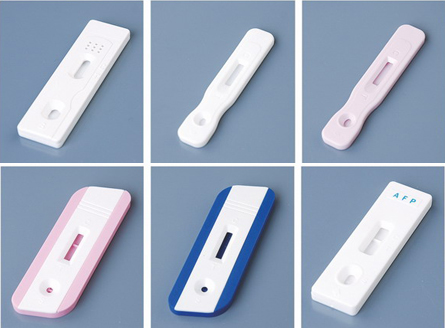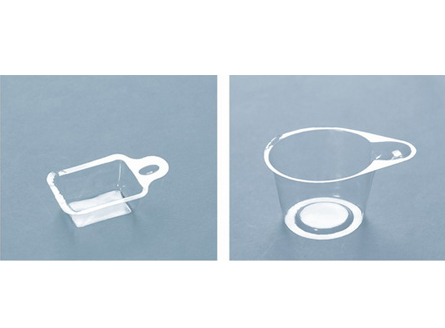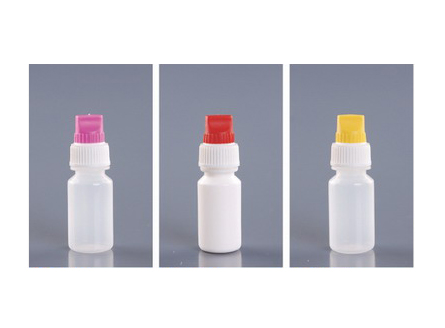
 Gold Label Single Card
Gold Label Single CardThe gold label single card includes a mat...
 Gold Label Single Card
Gold Label Single CardOur gold label single card has a wide var...
 Urinary cup
Urinary cupThe urine cup is a disposable container a...
 Rotary cap drip bottle
Rotary cap drip bottleThe rotary cap drip bottle is a commonly ...
FAX:+86-317-4052076
Email:czycgs@163.com
Web:www.xysjcz.com
Address:Du Sheng Xiang Xiao Liu Village, Cang County, Cangzhou City, Hebei Province
Current Location:HOME > NEWS > Frequently asked questions >
NEWSDiagnosis of small animal diseases using gold standard cartridge GICA technology
In recent years, with the development of the Chinese economy, the domestic pet market has also shown a strong development momentum, with the variety and quantity of pets increasing year by year. But the accompanying pets, especially the incidence rate of viral infectious diseases, also showed an upward trend. Among them, infectious diseases from dogs and cats account for a large proportion, such as canine distemper, canine parvovirus disease, rabies virus disease, canine coronavirus disease, canine parainfluenza, feline distemper, feline leukemia, feline infectious diarrhea, etc. These pose a huge threat to the health of pets. At present, traditional diagnostic methods for these include virus isolation, gene (PCR, RT-PCR, etc.), and immunological testing (ELISA, immunofluorescence, etc.). Although these methods have high specificity, they can only be limited to equipment laboratories or pet hospitals, and they require technical personnel to operate. At the same time, they also have disadvantages such as time-consuming test results. However, the gold standard cartridge colloidal gold test strip technology can overcome the above shortcomings and provide a new approach for diagnosis. It is highly favored due to its simple operation and fast detection results. Due to the low cost of colloidal gold test strips, pet owners can conduct free testing. This not only allows for early detection, but also saves a lot of testing costs. For pet clinics lacking equipment, it is also a good choice. At present, colloidal gold diagnostic strips for these infectious diseases have been commercialized. In recent years,
